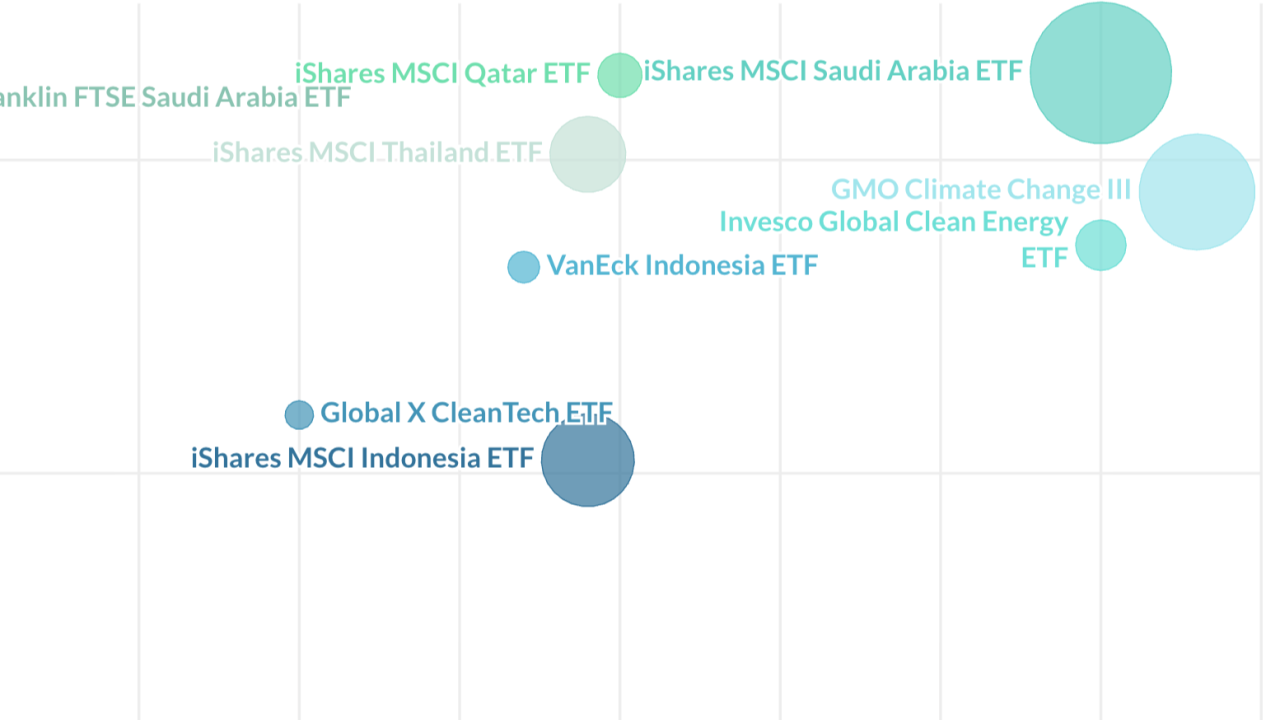Many Americans have wrong assumptions about retirement, according to this article on MarketWatch, which cited a new study from Fidelity. The fact that financial literacy is low in the U.S., not to mention the corresponding savings rate for retirement, has been corroborated by many studies. This survey asked eight retirement questions, such as the estimated amount of savings that people should have saved at the time of retirement and what percentage of their savings should be withdrawn each year. Some were as complex as specific time-value of money questions; others were much simpler. One, basically a quiz on average life expectancy, asked if someone wanted to retire at 65, how many years should they expect to live in retirement. The correct answer was 22 years, but only one in three got it right. And nearly one in four (38%) underestimated it by 10 years. People should assume 30 years or more, Fidelity advised.

Seniors still need to manage their time after retirement to have a meaningful life in their golden years, according to this article on U.S. News & World Report. The approach, however, would be different from the way they managed their time before retirement. "Quality of life is not affected as much by the amount of free time that a retiree has, but on how effectively the person manages this time on hand," says an expert.
Not saving enough for retirement is one of the mistakes that clients should avoid when they are in their 30s, according to this article on Forbes. They should consider increasing their retirement savings rate and contribute the amount that allows them to get their employer's match in their 401(k) plan. They should continue raising their savings rate until at least 10% of their earnings.
The bucket approach is a good strategy to build a retirement portfolio based on the individual's spending needs, says Christine Benz of Morningstar. "The bucket strategy enables retirees to not focus so much on income but instead focus on building a total return portfolio with the best possible risk return profile for them and not worry so much about the current income that their portfolios are generating," Benz explains.
Retirees who have to take required minimum distributions from tax-deferred accounts may or may not include the value of an annuity they hold within the account, and this depends on the type of annuity product, according to this article on Kiplinger. The RMD amount usually excludes the annuity holdings if the retirees hold an immediate or longevity annuity, or both, within the IRA. Retirees who own a variable annuity in their IRA should include the annuity holdings when computing the RMD amount if the annuity is held as an asset, but they should exclude the annuity holdings if they opt to annuitize the contract.





